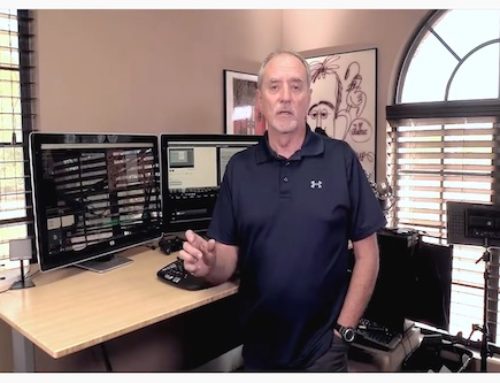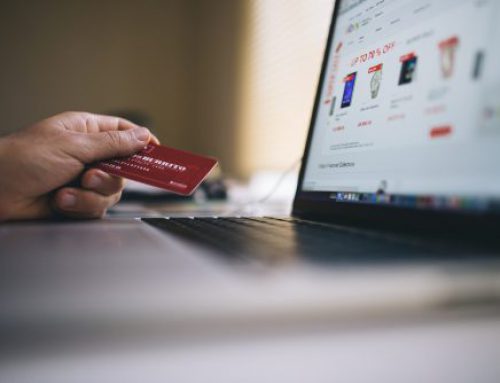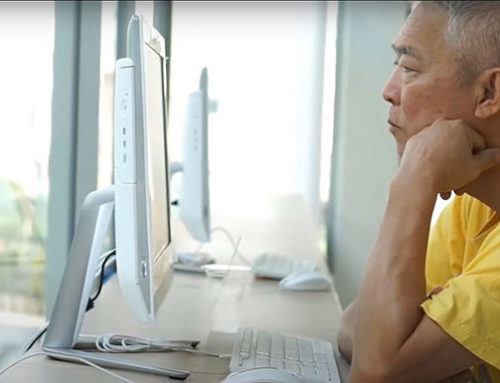This weekend Americans celebrate the birth of our nation and the freedom from being under British authority. It is a wonderful time to be grateful for the innumerable freedoms we enjoy that simply do not exist in other nations in our global economy.
This Independence Day many individuals and families are grappling with independence in a different context: the desire to age in place and on one’s own terms. Most older Americans are very certain about the desire to live in their own homes and maintain their autonomy as long as possible. All of us who care about a loved one with cognitive, dexterity, hearing, mobility or vision limitations are familiar with the challenge of fostering independence.
My first exposure to this was in Patricia Malik, Ph.D.’s 1989 undergraduate Recreation for Special Populations class. Dr. Malik was patient and unrelenting in providing ‘real world’ experience, albeit temporary. She taught us how to navigate the world in a way most of us had not yet considered, a world with some type of physical limitation.
We simulated blindness, low vision, and loss of dexterity, hearing and mobility. After I took the test to identify words through hearing aids, I was humbled and called my Grandpa Ralph to apologize for hounding him to get hearing aids. He just chuckled.
July 26th marks the 25th anniversary of passage of the Americans with Disabilities Act (ADA). You may think that passage of this legislation didn’t really impact you, but if you have ever pushed a stroller over a curb cut or used an elevator, ramp or automatic door that was mandated by this law, you have benefited from these physical accessibility enhancements.
During the last quarter century, technology has increasingly enabled people living with temporary and permanent vision, hearing, dexterity and mobility issues to function more autonomously. Those of us using portable devices (i.e. smart phones and tablets) may notice a menu items labeled ‘accessibility’ without understanding what that term means.
Accessibility refers to the design of products, devices, services or environments for people with disabilities. The concept of accessible design ensures both direct access (i.e. unassisted) and indirect access, meaning compatibility with a person’s assistive technology, for example, computer screen readers.
The Oasis Institute is proud to announce our newest Connections technology class, Mobile Accessibility: A guide to seeing and hearing smart phones and tablets better. Generous support from AT&T and the Consumer Electronics Association Foundation make it possible for anyone to download a complimentary student handbook. Assistive technology can benefit anyone and we are excited to hear how the book helped you make accessibility features work for you. The book concludes with a survey or you can send comments to me.
Have a wonderful holiday weekend!





